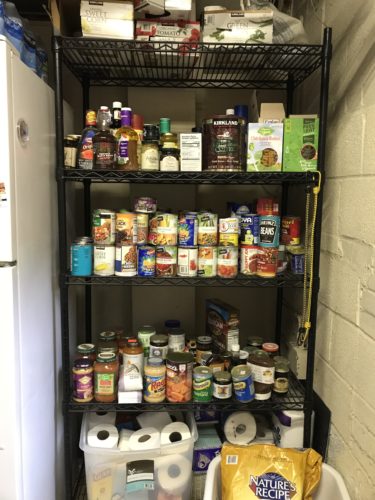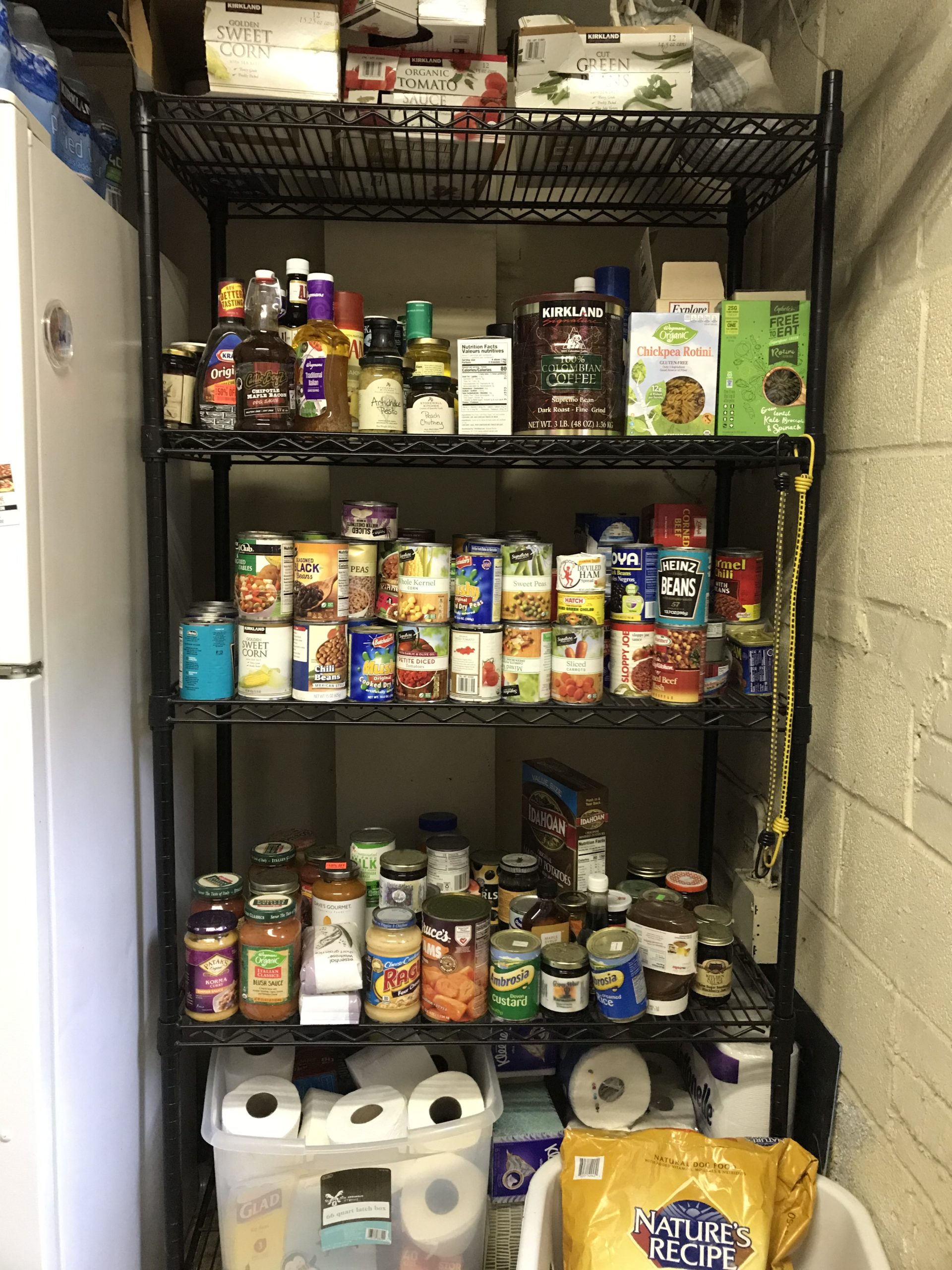
Floods, snow, Coronavirus-related shutdowns, lack of field and processing workers, collapse in commercial demand – you name it, the American farm industry has been kicked in the nuts this year and doesn’t see a way out anytime soon.
It’s an even bigger problem for the rest of the globe. Which is having a knock-on effect. Kazakhstan is one of the world’s biggest growers of wheat and has banned exports of wheat flour, as well as putting export restrictions on buckwheat and vegetables including onions, carrots and potatoes. Vietnam, the world’s third biggest rice exporter, has temporarily stopped exporting rice. Russia, the world’s biggest wheat exporter, is also threatening to restrict exports.
While the USA is usually good at meeting domestic demand, right now farmers across the country are slaughtering hogs and cattle and plowing fruit and vegetables back in to the land. In TEXAS(!) meat sales are being limited in stores. This is terrible news for farmers and catastrophic for the food supply chain going forward.
From the LA Times:
Tyson Foods Inc. on Wednesday said it was idling its largest pork plant, making it at least the sixth major U.S. meat facility to shutter in the last few weeks. Currently, about 15% of hog-slaughtering capacity is completely offline, and there are also additional slowdowns at pork, beef and poultry companies across the nation.
Meat prices are starting to surge on the disruptions. But with slaughterhouses closing, farmers don’t have a market for their animals. That’s causing hog futures to drop, potentially creating a situation where pigs get euthanized and buried as supplies back up. Meanwhile, retail costs may rise as grocery stores mandate rationing on pork chops.
Things are so dire that Iowa, the biggest hog state, activated the National Guard to help protect supplies.
This is from the LA Times, 4/22/20:
The clock is ticking for the U.S. to avoid a meat shortage as sick workers force more slaughterhouses to shut down.
Tyson Foods Inc. on Wednesday said it was idling its largest pork plant, making it at least the sixth major U.S. meat facility to shutter in the last few weeks. Currently, about 15% of hog-slaughtering capacity is completely offline, and there are also additional slowdowns at pork, beef and poultry companies across the nation.
Meat prices are starting to surge on the disruptions. But with slaughterhouses closing, farmers don’t have a market for their animals. That’s causing hog futures to drop, potentially creating a situation where pigs get euthanized and buried as supplies back up. Meanwhile, retail costs may rise as grocery stores mandate rationing on pork chops.
Things are so dire that Iowa, the biggest hog state, activated the National Guard to help protect supplies.
“Meat prices are starting to surge on the [Coronavirus] disruptions. But with slaughterhouses closing, farmers don’t have a market for their animals… Meanwhile, retail costs may rise as grocery stores mandate rationing on pork chops.” https://t.co/utPFGTAlml
— Tim Mak (@timkmak) April 23, 2020
Now this is the time to double down your food prepping.
If you have a freezer, fill it now. Meat, chickens, veggies. If you can, look for the bargains coming to your local supermarket, or contact your local farmer, and start canning meat, fruit and veggies.
I am a big fan of the Idahoan brand of dried potatoes and they sell big boxes at a much better deal than their foil packets. You probably have your own special items you want to store. Spuds, will of course, keep for months in a dry, dark environment but having the dried type is what preppers do! Same with onions and mushrooms. The dried varieties can be re-hydrated and used in cooking and they bring a very intense flavor to whatever you add them to.
Don’t forget canned vegetables and tomatoes are very nutritious and a great addition to a casserole or sauce. Canned tomatoes go in virtually anything! Veggies picked for freezing are as fresh as possible and are nutrient rich and excellent as a side dish or in a stir fry.
Canned beans are my go-to protein. I randomly select three cans, rinse them and shake in a tupperware container with chopped onion and balsamic vinegar for a quick lunch with hummus. They taste much better cold than room temperature oddly enough.
Canned and frozen fruit makes a great breakfast supplement and a delicious sweet treat with ice cream – which hopefully will still be available although right now, with demand so low, we worry for our dairy farmers. Again, cans of pie filling can be used in many imaginative desserts. Also canned rice pudding, or cups pudding.
Stock up on canned squirty cream now – it lasts a long time. Trader Joe’s sells small boxes of shelf-stable long-life cream but I confess I have never tried it!
Remember, you will want fun things as well as sensible meals. So how about getting a few cans of pizza sauce and making your own pizza, or ice cream ingredients and making your own – even is you have to resort to the camping favorite of “Kick the Can ice cream”!
Canning meat yourself requires a pressure canner and you need to know what you’re doing. You also need a lot of space to store jars of meat if you purchase a big cut. Think about dehydration, or a smoker. If you want a quick meat fix, remember SPAM, corned beef and canned chicken are easily available and often on sale.
Fish in cans is relatively cheap and can be stretched by mixing with other ingredients. Mashed with mayonnaise or olive oil they make a delicious spread or sandwich filling. Added to cooked pasta they make a great entree or salad.
Flour does go rancid, so keep it in its original bag and double seal it in ziplock/flour bin. Oils, too, don’t last long so extend their shelf life by storing them in a dark, cool place. If you bake – buy a big can of Crisco, it keeps well and is easy to store and cook with.
Don’t forget your pets – stock up on feed for them, too. And remember people with food allergies, dietary restrictions, etc. might find special food hard to come by in an emergency so stock up while you can.
Start buying bargains as you see them on clearance. Have a list and check off what you need, working through the meals of the day, multiplying by three months, and checking items off as you purchase them.
Don’t forget coffee. I have no idea how the global market to coffee will be affected by the pandemic, but I’m not waiting to find out we’re going to run out! I’m buying a little every time I shop because I’m spreading the cost of stocking up over a few weeks.
America will not run out of food, But we will see a spike in prices and by buying ahead, you will be able to supplement expensive fresh food with your pre-panic purchases and still ensure nutritious healthy food for your family.
That’s what prepping is all about.
